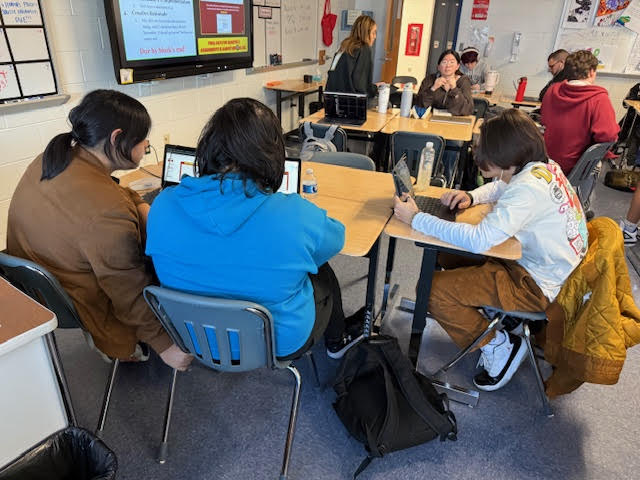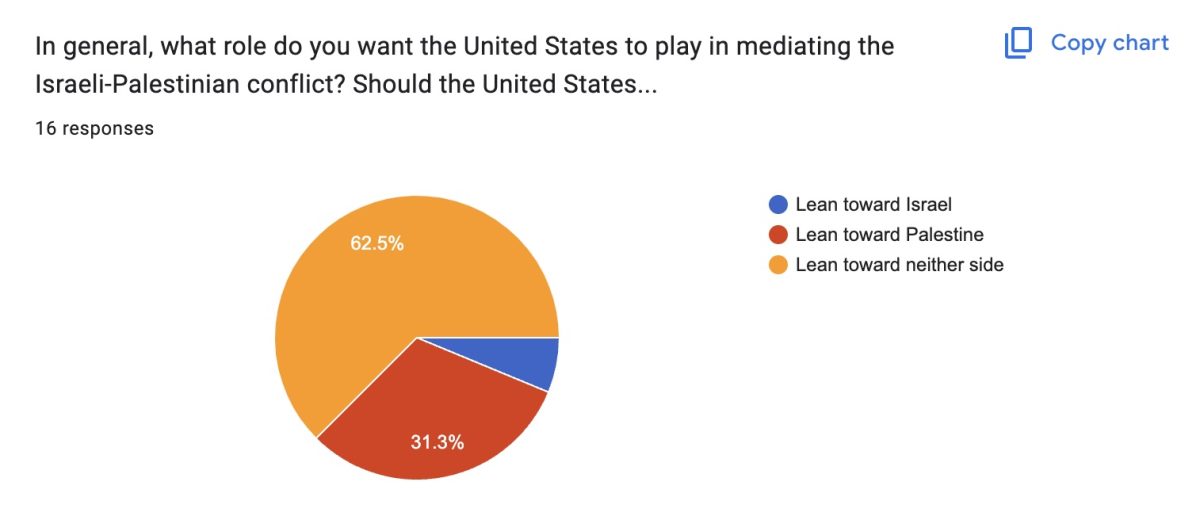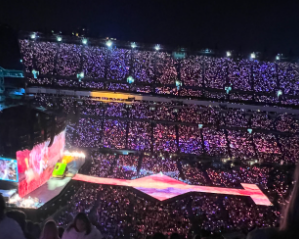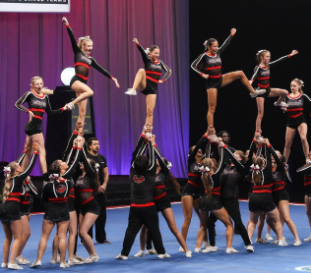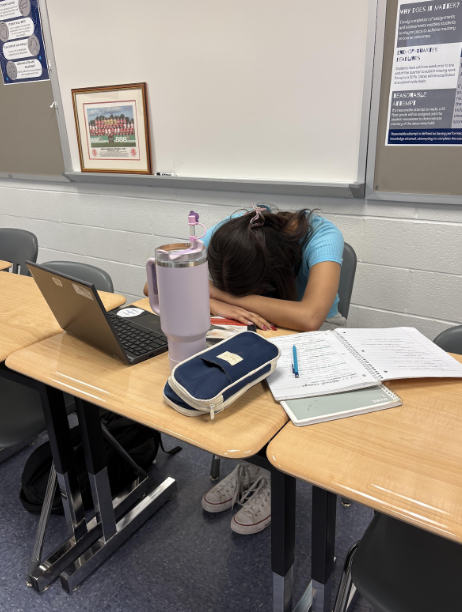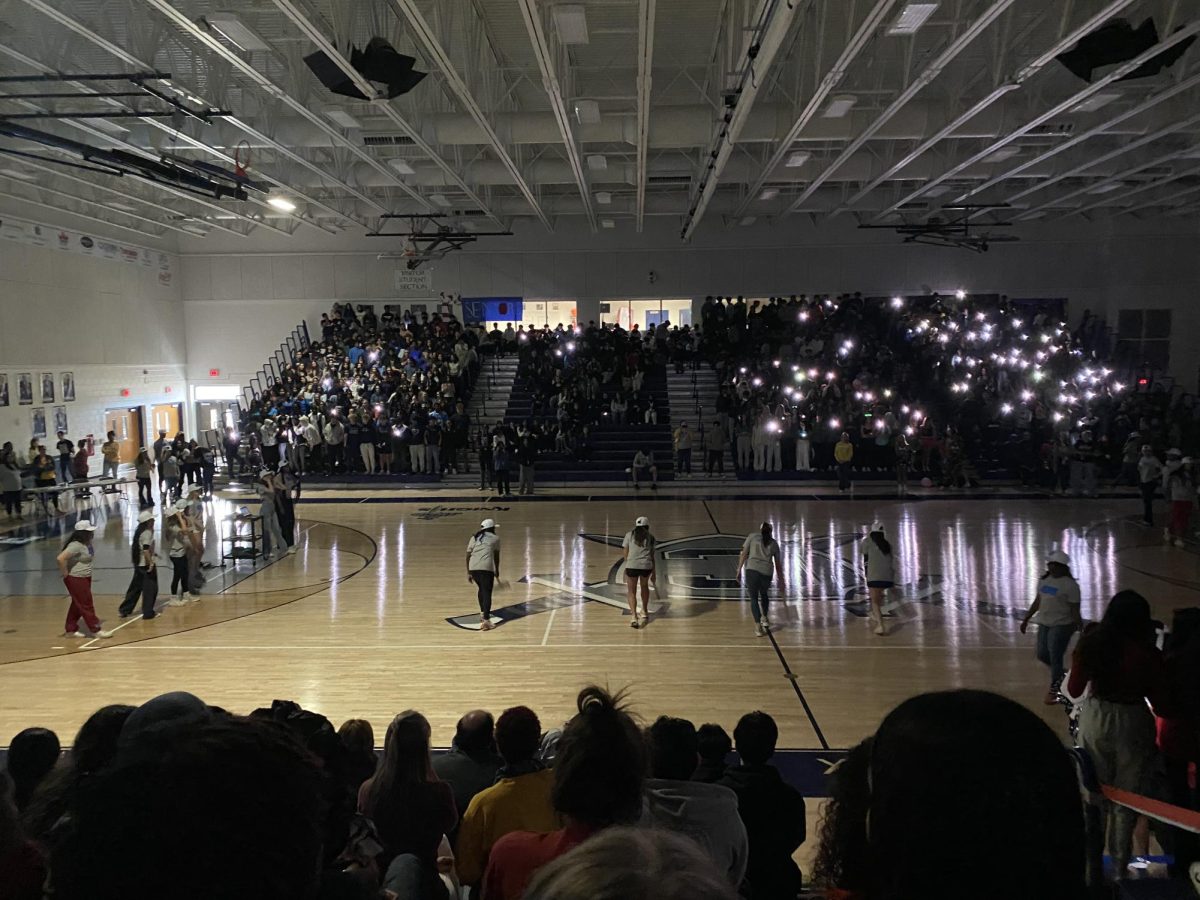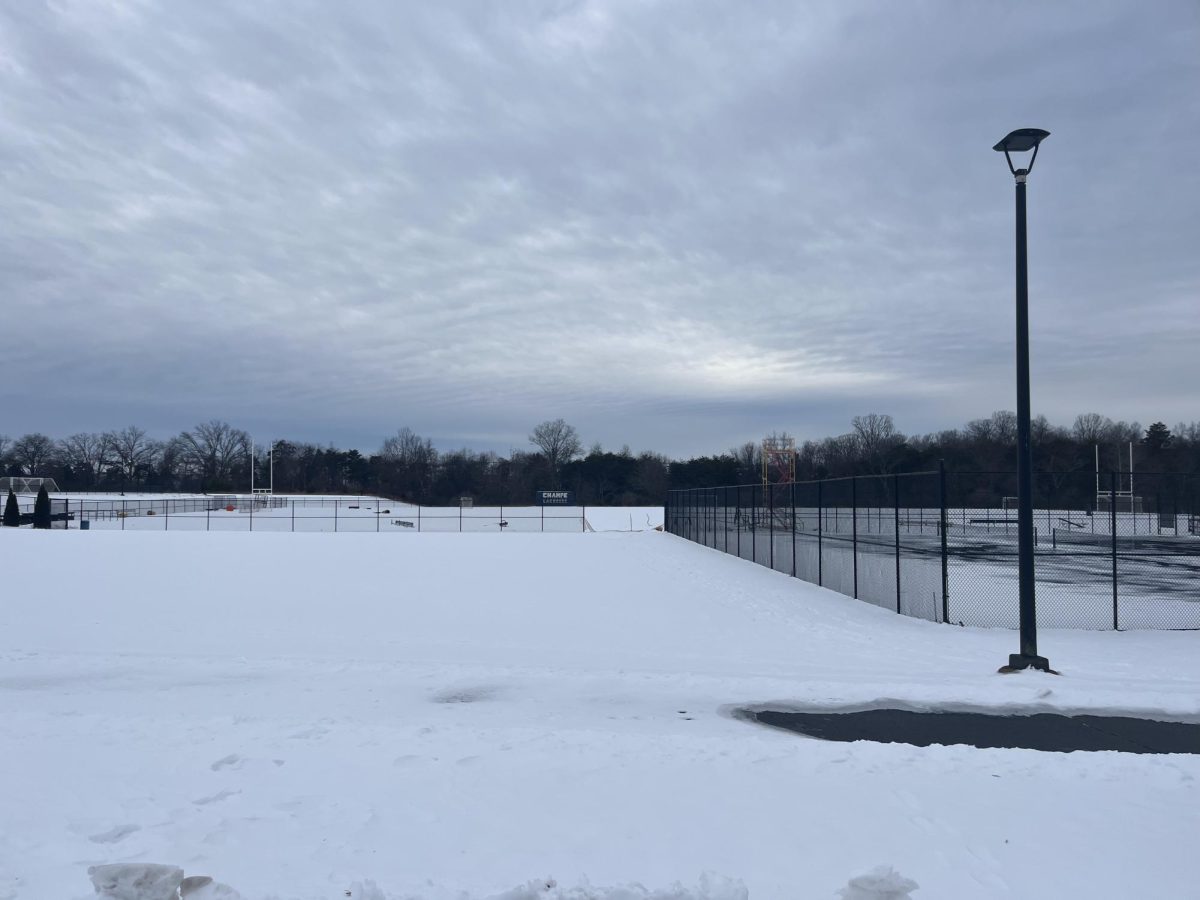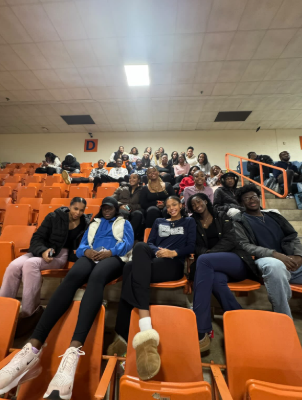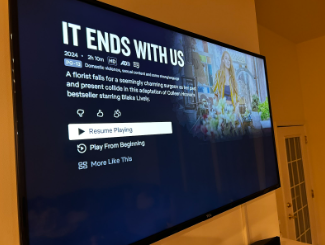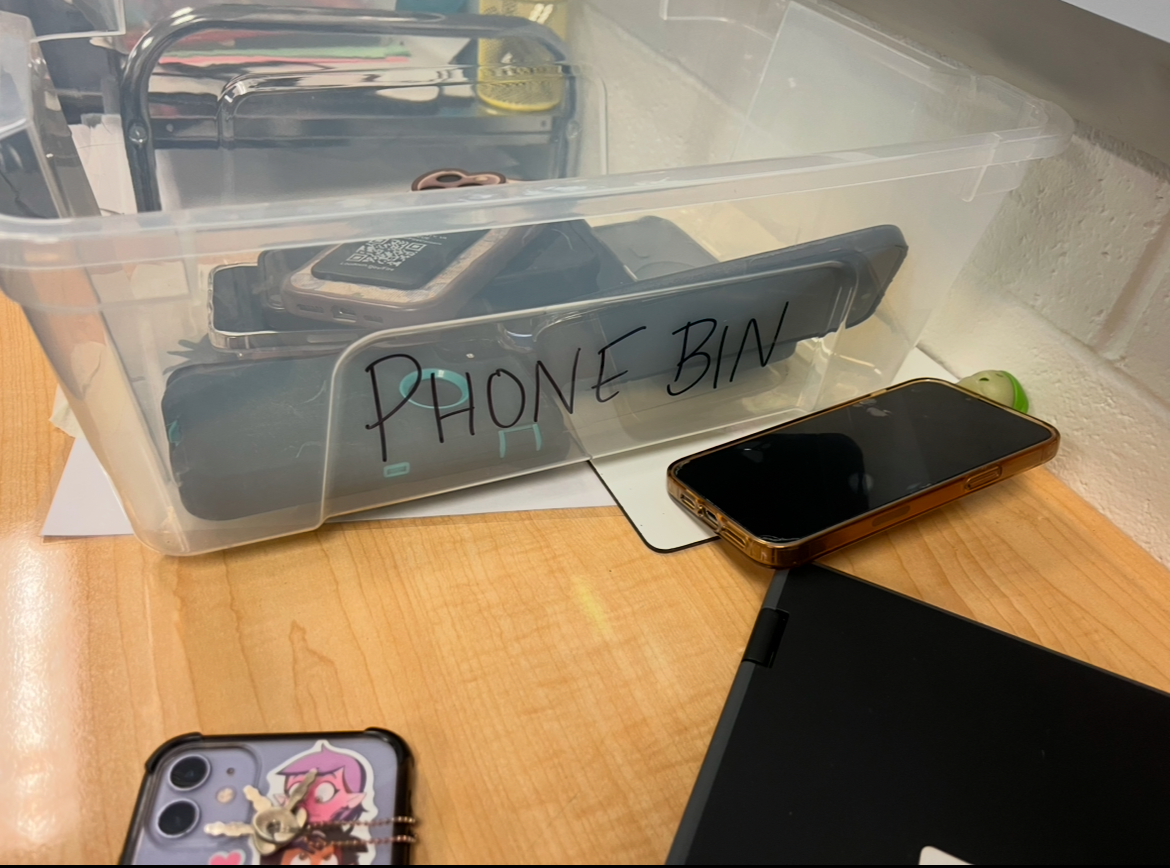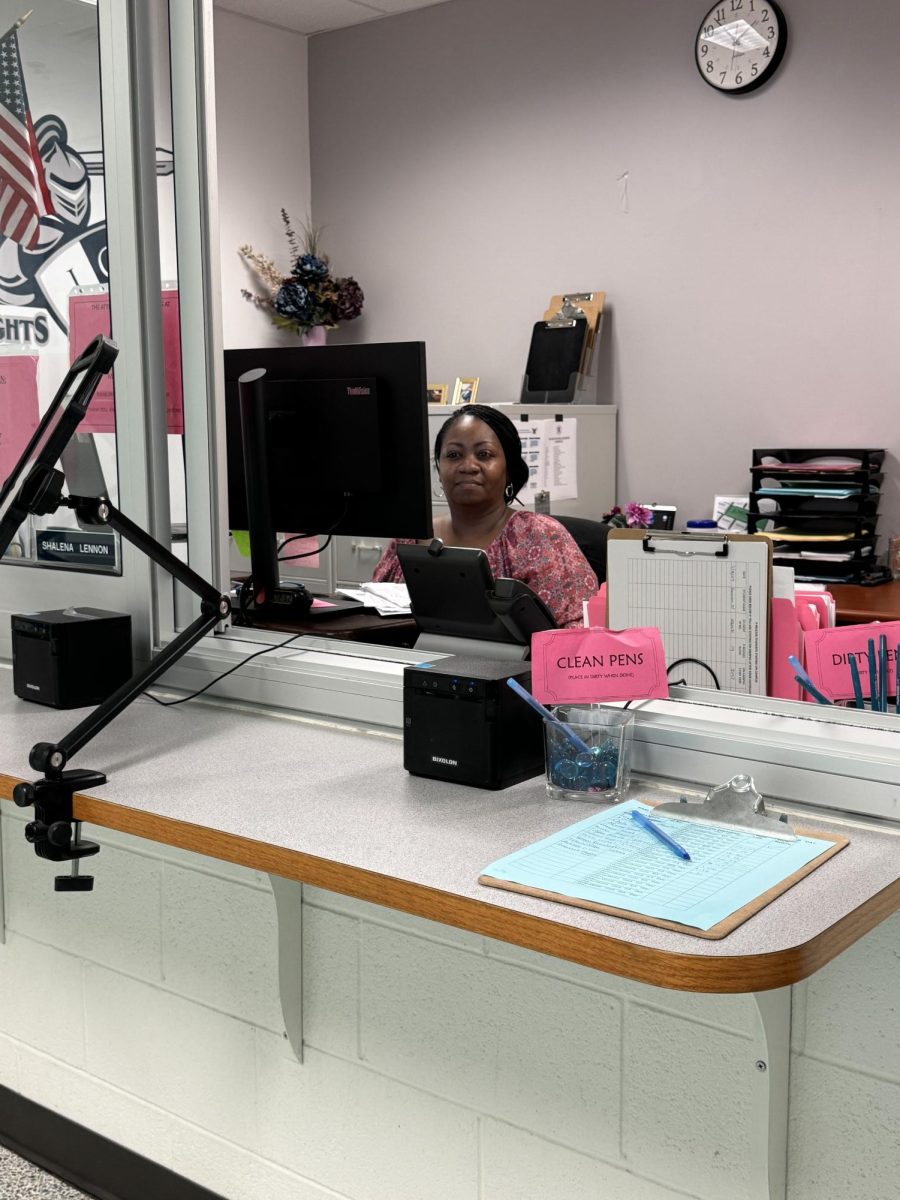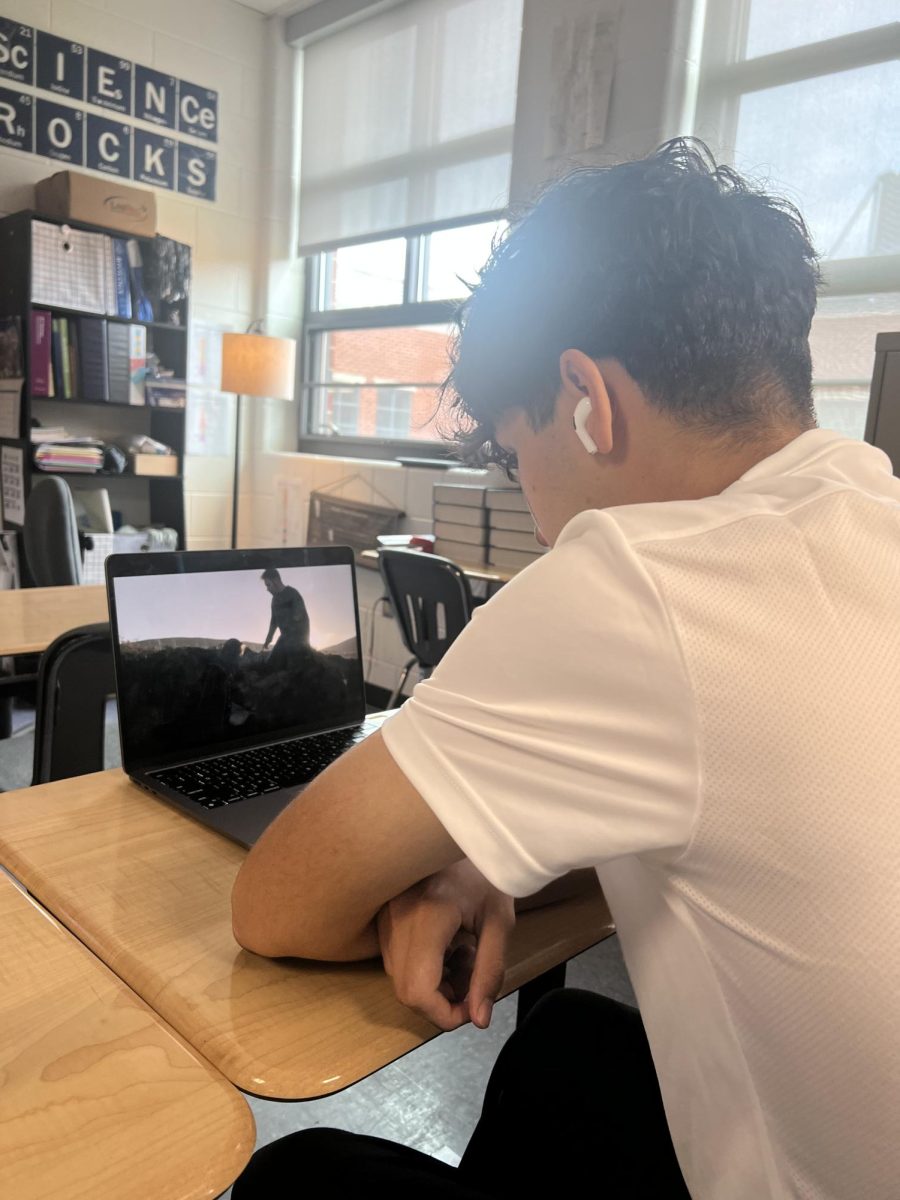In light of recent violence, a proposed armistice and exchange of prisoners has been imposed between Israel and Hamas with an agreement to end the 15-month war on 15 Jan. 2025.
It is important to understand that the war lasted not just for 15 months. This conflict has been deeply rooted in religion from the late 19th and early 20th centuries to the present.
“The latest death toll stands at 62,614 Palestinians and 1,139 people killed in Israel since October 7, 2023,” Aljazeera reports.
An initial proposal drafted by mediators from the United States, Egypt and Qatar was officially accepted by Hamas on May 5, 2024. This was presented by former president Joe Biden on Oct. 31 of that same year. By Jan. of this year, a similar proposal had been agreed upon by both parties– Israel and Hamas. This is a three-tier agreement beginning with a six-week ceasefire, a release of hostages being held in Gaza, a permanent ceasefire as well as Israel’s withdrawal from Gaza, and a reconstruction initiative that is speculated to take anywhere from three to five years.
According to Aljazeera, in the first stage of conflict resolution, Hamas will release 33 Israelis, a majority being women and children, in exchange for 30-50 Palestinian prisoners per Israeli. Additionally, Israel would allow the receiving of humanitarian aid, allow displaced Palestinians to return to the country, and begin withdrawing the military from the Gaza area. In the second stage, this will consist of Israel agreeing to a permanent ceasefire while Hamas releases male hostages in exchange for more prisoners. The third stage involves returning the remains of deceased Israeli hostages with a May 5, 2024 proposal lifting the current blockade in Gaza. However, in the updated May 31 version, this was not included. This year, as of January 17, Israel’s security cabinet and full cabinet approved and signed the deal with the help of mediation from the United States, Egypt, and Qatar.
To explore people’s perspectives on the conflict at a local level, a survey was conducted on students’ attitudes toward the Israeli-Palestinian conflict adapted from the “American Attitudes toward the Israeli-Palestinian Conflict” by the University of Maryland.
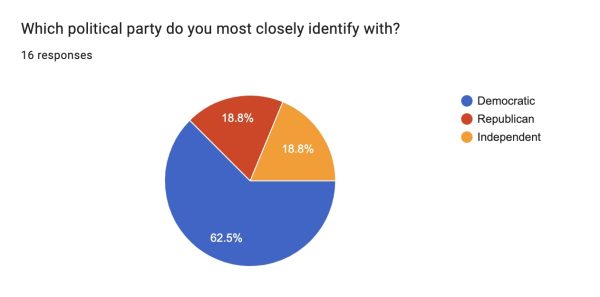

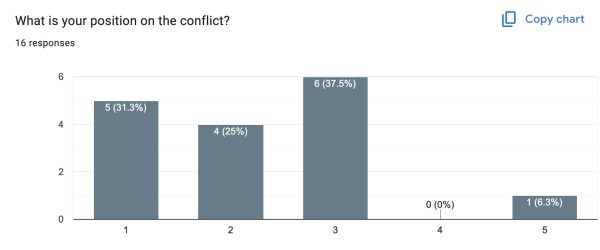
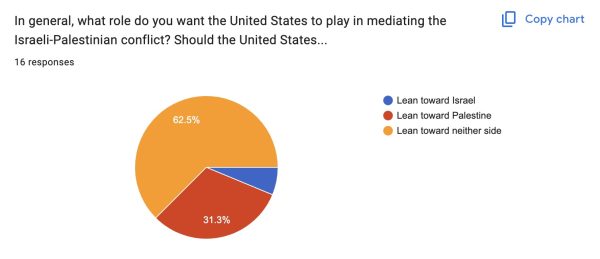
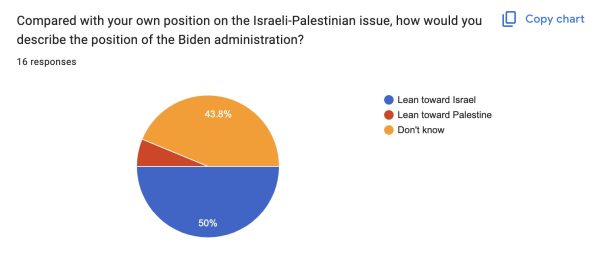
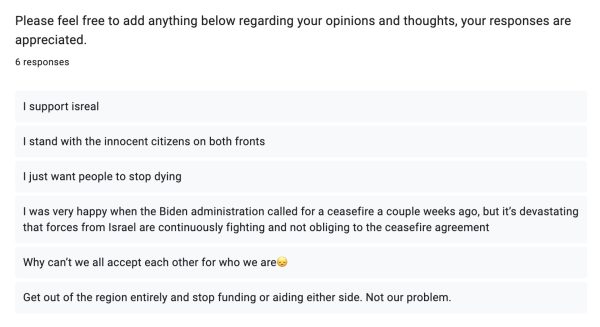
Many individuals shared their opinions on the conflict presented above. Some believe that the United States should not be involved in the region of the Middle East at all, while others just want people to stop dying.
The ongoing Palestine-Israeli conflict has deep historical roots, though for many Palestinians, the struggle for justice started long before 1948.
“1948 was when many people believe the problems started between Palestine and Israel, but Palestinians have been oppressed since 1908 when they welcomed Jews after World War II ended,” Lily Mustafa, a Palestinian student, described.
Originally, Palestinians were seeking coexistence with Jewish refugees, though tensions led the situation to escalate quickly.
Reflecting further on history, “The British did not have a place to put the Jews, so they sailed them to Palestine, in which the Palestinians accepted the Jews and welcomed them,” she added.
Shortly after this, “That’s when it took a turn, and Zionists started taking more land from the Palestinians, and in 1948, the first huge issue happened,” she continued.
Elaborating on the issue, it was referred to a the ‘Nakba, ’ meaning catastrophe in English.
“It was a mass genocide that led Palestinians to flee their homes, coming back to find settlers in their home,” she elaborated.
In Mustafa’s perspective, this issue is not just a historical one– it’s an ongoing human rights crisis, reflecting all individuals regardless of their religion.
Additionally, she mentioned that she would like to address that this issue is not a feminist or religious issue that is being violated, but a human rights issue. “Christians, Jews, and Muslims are being affected by this issue. Over 7,000 Palestinians have been murdered, half of them being children. Children, how can you even think of doing something so atrocious? As we speak, people are dying. No food, and no electricity, their water systems are filled with cement, and false advertisements are being made by Israelis,” Mustafa said.
Musfata urges people to seek the truth in times of crisis and to not be easily swayed by what is presented in the media at first glance.
“This is the time to educate yourself because when you do, it will be clear who is in the wrong here. There is no hope for peace on both sides when there is a clear genocide happening. There is no switching sides constantly because the media is biased. There is one side doing the genocide, and there is one experiencing it; it’s our responsibility to support the victims and help free them,” she added.
When asked about her knowledge of the war, Musfta said, “From my experience, I have seen the war with my own eyes–it’s terrifying. Tear gas, raids on innocent civilians, arrests, and death. I am glad we have a ceasefire, but that doesn’t mean the war is over. It’s not just ‘Free Palestine’—it’s also ‘Save Palestine,’” she concluded.
With varying perspectives on the nature of the conflict and pressure from foreign governments to initiate a ceasefire, there is hope for a better future and justice in the coming months.
